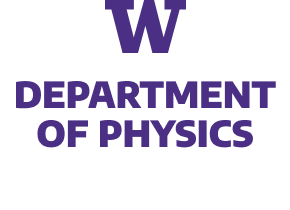IQuS Publications
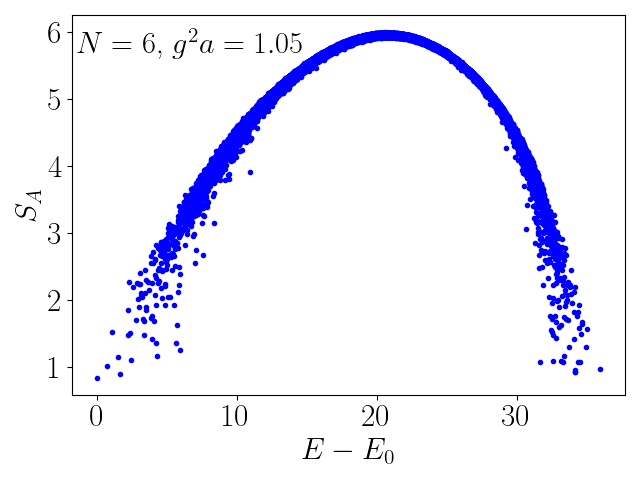
Entanglement Entropy of 2+1-Dimensional SU(2) Lattice Gauge Theory
We study the entanglement entropy of Hamiltonian SU(2) lattice gauge theory in 2+1 dimensions on linear plaquette chains and show that the entanglement entropies of both ground and excited states follow Page curves. The transition of the subsystem size dependence of the entanglement entropy from the area law for the ground state to the volume law for highly excited states is found to be described by a universal crossover function. Quantum many-body scars in the middle of the spectrum, which are present in the electric flux truncated Hilbert space, where the gauge theory can be mapped onto an Ising model, disappear when higher electric field representations are included in the Hilbert space basis. This suggests the continuum 2+1-dimensional SU(2) gauge theory is a “fast” scrambler.
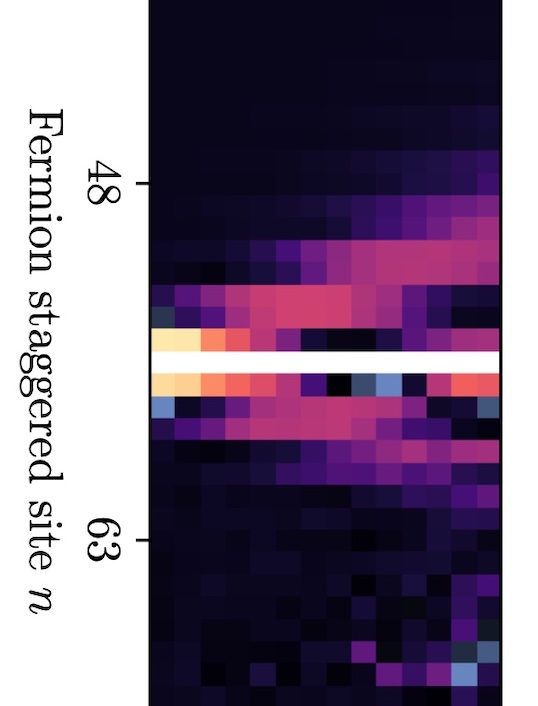
Quantum Simulations of Hadron Dynamics in the Schwinger Model using 112 Qubits
Hadron wavepackets are prepared and time evolved in the Schwinger model using 112 qubits of IBM’s 133-qubit Heron quantum computer ibm_torino. The initialization of the hadron wavepacket is performed in two steps. First, the vacuum is prepared across the whole lattice using the recently developed SC-ADAPT-VQE algorithm and workflow. SC-ADAPT-VQE is then extended to the preparation of localized states, and used to establish a hadron wavepacket on top of the vacuum. This is done by adaptively constructing low-depth circuits that maximize the overlap with an adiabatically prepared hadron wavepacket. Due to the localized nature of the wavepacket, these circuits can be determined on a sequence of small lattices using classical computers, and then robustly scaled to prepare wavepackets on large lattices for simulations using quantum computers. Time evolution is implemented with a second-order Trotterization. To reduce both the required qubit connectivity and circuit depth, an approximate quasi-local interaction is introduced. This approximation is made possible by the emergence of confinement at long distances, and converges exponentially with increasing distance of the interactions. Using multiple error-mitigation strategies, up to 14 Trotter steps of time evolution are performed, employing 13,858 two-qubit gates (with a CNOT depth of 370). The propagation of hadrons is clearly identified, with results that compare favorably with Matrix Product State simulations. Prospectsfor a near-term quantum advantage in simulations of hadron scattering are discussed.
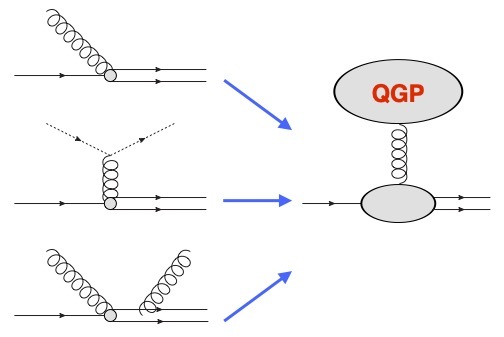
Recent Developments in Quarkonium as an Open Quantum System in Quark-Gluon Plasma
We review recent progress in understanding quarkonium dynamics inside the quark-gluon plasma as an open quantum system with a focus on the definition and nonperturbative calculations of relevant transport coefficients and generalized gluon distributions.
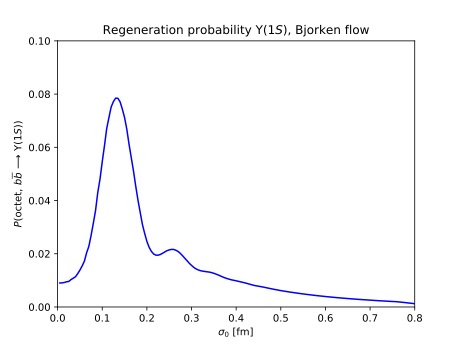
Quarkonium transport in weakly and strongly coupled plasmas
We report on progress in the nonperturbative understanding of quarkonium dynamics inside a thermal plasma. The time evolution of small-size quarkonium is governed by two-point correlation functions of chromoelectric fields dressed with an adjoint Wilson line, known in this context as generalized gluon distributions (GGDs). The GGDs have been calculated in both weakly and strongly coupled plasmas by using perturbative and holographic methods. Strikingly, the results of our calculations for a strongly coupled plasma indicate that the quarkonium dissociation and recombination rates vanish in the transport descriptions that assume quarkonium undergoes Markovian dynamics. However, this does not imply that the dynamics is trivial. As a starting point to explore the phenomenological consequences of the result at strong coupling, we show a calculation of the $\Upsilon(1S)$ formation probability in time-dependent perturbation theory. This is a first step towards the development of a transport formalism that includes non-Markovian effects, which, depending on how close the as of yet undetermined nonperturbative QCD result of the GGDs is to the strongly coupled $\mathcal{N}=4$ SYM result, could very well dominate over the Markovian ones in quark-gluon plasma produced at RHIC and the LHC.
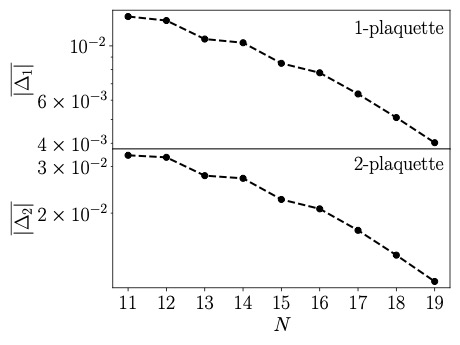
Testing Eigenstate Thermalization Hypothesis for Non-Abelian Gauge Theories
We report on progress in full quantum understanding of thermalization in non-Abelian gauge theories. Specifically, we test the eigenstate thermalization hypothesis for (2+1)-dimensional SU(2) lattice gauge theory.
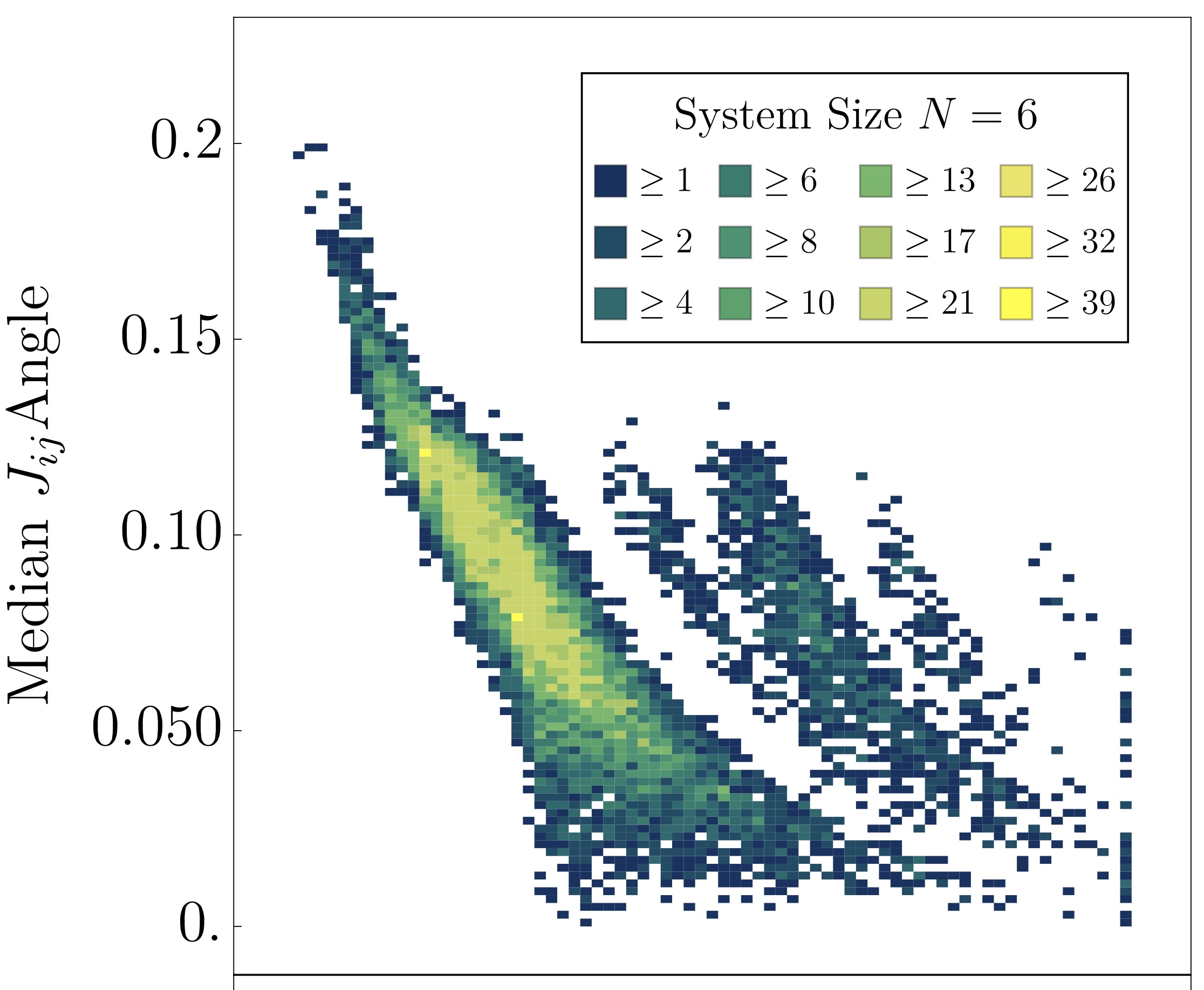
Time Scales in Many-Body Fast Neutrino Flavor Conversion
Time scales associated with many-body fast neutrino flavor conversions in core-collapse supernova are explored in the context of an effective two-flavor “light-bulb” model. We present a preliminary study of time scales obtained from linear stability analyses and from distributions of Loschmidt echo crossing times (intimately connected to dynamical phase transitions) determined by time evolution with the exact many-body Hamiltonian. Starting from a tensor-product initial state describing systems of N neutrinos, with N/2 electron-type and N/2 heavy-type, with uniform distributions of axially-symmetric directions, the Loschmidt echo crossing times are found to exhibit two distinct time scales that are exponentially separated. The second peak structure at longer times, effectively absent for N=4, develops with increasing N. When re-scaled in terms of log t, the distributions are found to become increasingly well described by the sum of two stable distributions. The distribution of Loschmidt echo crossing times differs somewhat from the results of the linear stability analysis, which exhibits a peak at finite frequency and a second peak at zero frequency. The exact analysis suggests that the zero-frequency instability manifests itself as a modest flavor-conversion time scale.

Quantum Computing for Nuclear Physics
Future quantum computers are anticipated to be able to perform simulations of quantum many-body systems and quantum field theories that lie beyond the capabilities of classical computation. This will lead to new insights and predictions for systems ranging from dense non equilibrium matter, to low-energy nuclear structure and reactions, to high energy collisions. I present an overview of digital quantum simulations in nuclear physics, with select examples relevant for studies of quark matter.
Conference proceedings for Quark Matter 2023, 3–9 Sept 2023, Houston, Texas, USA.
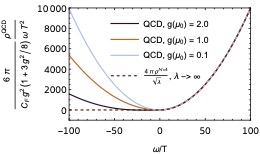
Generalized Gluon Distribution for Quarkonium Dynamics in Strongly Coupled N=4 Yang-Mills Theory
We study the generalized gluon distribution that governs the dynamics of quarkonium inside a non-Abelian thermal plasma characterizing its dissociation and recombination rates. This gluon distribution can be written in terms of a correlation function of two chromoelectric fields connected by an adjoint Wilson line. We formulate and calculate this object in N=4 supersymmetric Yang-Mills theory at strong coupling using the AdS/CFT correspondence, allowing for a nonzero center-of-mass velocity v of the heavy quark pair relative to the medium. The effect of a moving medium on the dynamics of the heavy quark pair is described by the simple substitution T with Sqrt[gamma] T, in agreement with previous calculations of other observables at strong coupling, where T is the temperature of the plasma in its rest frame, and gamma = (1 – v^2)^{-1/2} is the Lorentz boost factor. Such a velocity dependence can be important when the quarkonium momentum is larger than its mass. Contrary to general expectations for open quantum systems weakly coupled with large thermal environments, the contributions to the transition rates that are usually thought of as the leading ones in Markovian descriptions vanish in this strongly coupled plasma. This calls for new theoretical developments to assess the effects of strongly coupled non-Abelian plasmas on in-medium quarkonium dynamics. Finally, we compare our results with those from weakly coupled QCD, and find that the QCD result moves toward the N=4 strongly coupled result as the coupling constant is increased within the regime of applicability of perturbation theory. This behavior makes it even more pressing to develop a non-Markovian description of quarkonium in-medium dynamics.
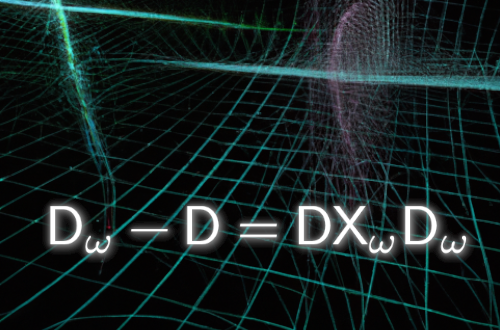
Generalized Ginsparg-Wilson relations
We give a general derivation of Ginsparg-Wilson relations for both Dirac and Majorana fermions in any dimension. These relations encode continuous and discrete chiral, parity and time reversal anomalies and will apply to the various classes of free fermion topological insulators and superconductors (in the framework of a relativistic quantum field theory in Euclidian spacetime). We show how to formulate the exact symmetries of the lattice action and the relevant index theorems for the anomalies.
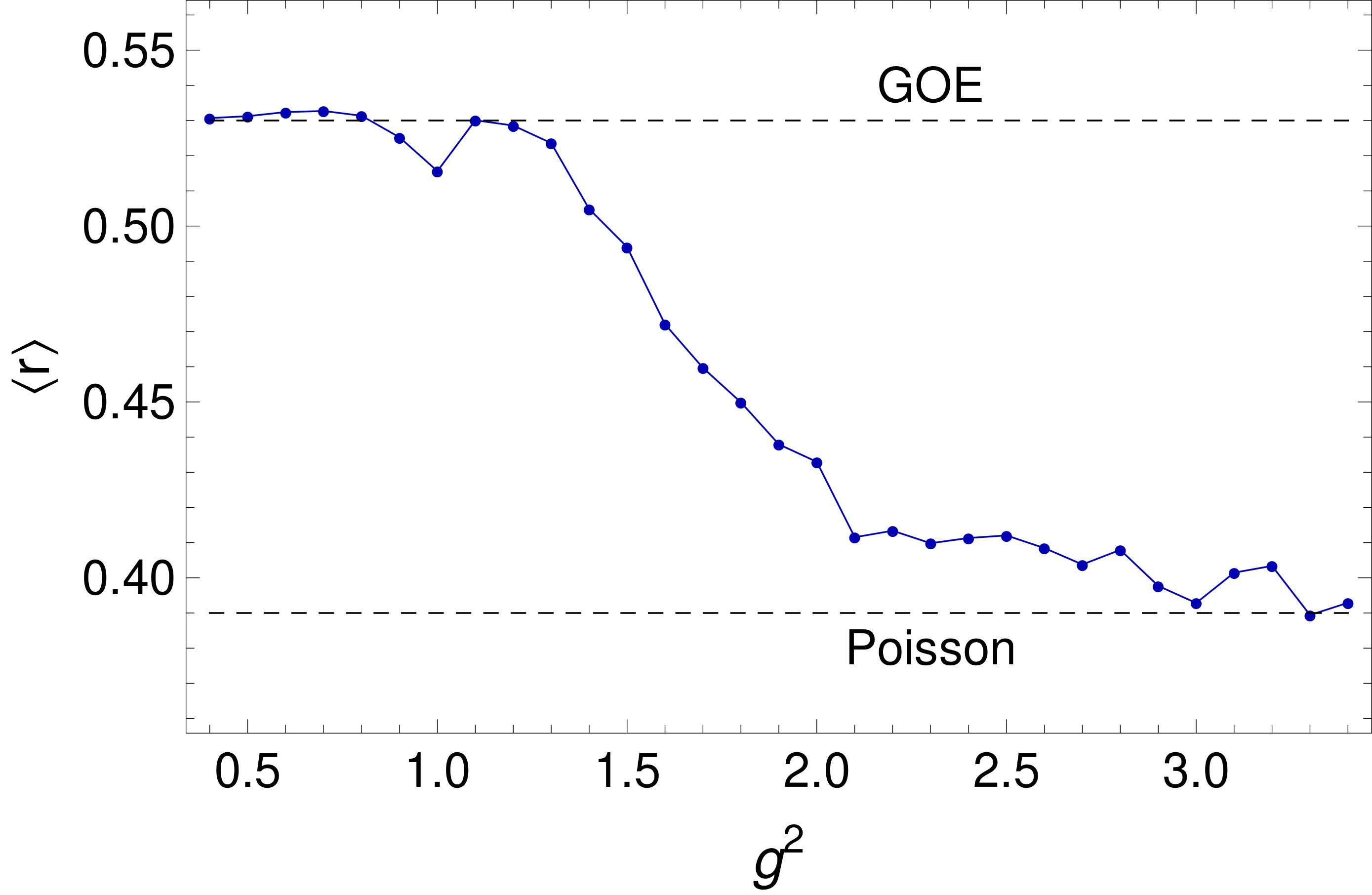
Eigenstate Thermalization in 2+1 dimensional SU(2) Lattice Gauge Theory
We present preliminary numerical evidence for the hypothesis that the Hamiltonian SU(2) gauge theory discretized on a lattice obeys the Eigenstate Thermalization Hypothesis (ETH). To do so we study three approximations: (a) a linear plaquette chain in a reduced Hilbert space limiting the electric field basis to j=0,1/2 , (b) a two-dimensional honeycomb lattice with periodic or closed boundary condition and the same Hilbert space constraint, and (c) a chain of only three plaquettes but such a sufficiently large electric field Hilbert space (j <= 7/2) that convergence of all energy eigenvalues in the analyzed energy window is observed. While an unconstrained Hilbert space is required to reach the continuum limit of SU(2) gauge theory, numerical resource constraints do not permit us to realize this requirement for all values of the coupling constant and large lattices. In each of the three studied cases we check first for RMT behavior and then analyse the diagonal as well as the off-diagonal matrix elements between energy eigenstates for a few operators. Within current uncertainties all results for (b) and (c) agree with ETH predictions while for case (a) deviations are found to be large for one of the analyzed observables. To unambiguously establish ETH behavior and determine for which class of operators it applies, an extension of our investigations is necessary.

